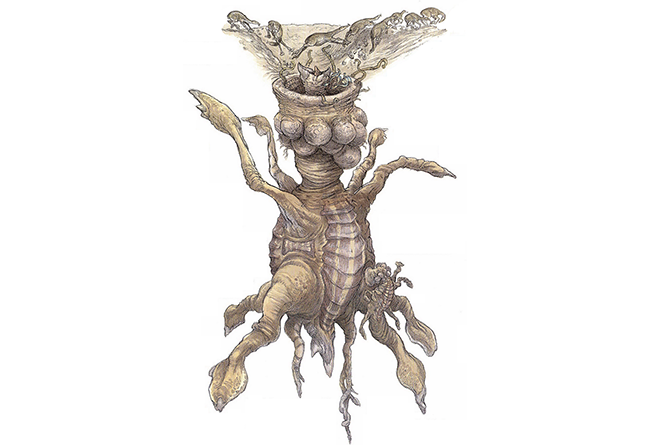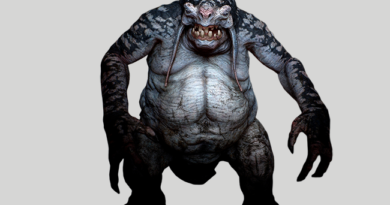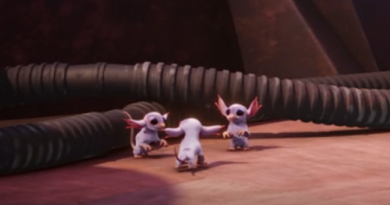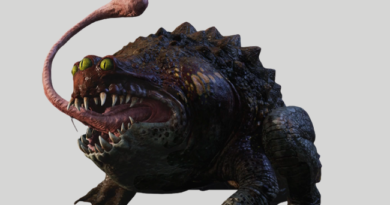Sarlacc
Species: Sarlacc
Type: Solitary stationary carnivore
DEXTERITY 2D
PERCEPTION 1D
STRENGTH 6D
Special Abilities:
Tentacles: have a Strength of 6D, reach up to four meters outside pit; do not cause damage, but victims must make a successful opposed Strength roll to escape.
Bite: 5D damage.
Acid digestion: Any creature dragged into the sarlaac’s maw suffers 5D damage from digestive acid until the victim is knocked unconscious and dragged into the sarlaac’s digestive tract — at that point, the victim normally wakes up, but by then it is normally incapacitated by the sarlaac’s paralyzing digestive enzymes, 7D stun damage.
Move: 2
Size: 3-100 meters
Background: Sarlaccs were dangerous, carnivorous creatures, as well as one of Jabba the Hutt’s favorite pets, that inhabited the Great Pit of Carkoon in the Dune Sea of Tatooine. It shared common ancestry with other species, including the rathtar, blixus, and vixus.
Sarlaccs began their lives as spores and were able to travel great distances. When a male and female encountered one another, the smaller male would parasitically feed off the female, diminishing her size while increasing his own. Once the male reached the female’s original size, he would burst, releasing millions of spores into the air and atmosphere.
Once sarlaccs reached their maturity after 30,000 years, they would burrow themselves nearly 100 meters below the surface, feeding on creatures and humanoids unfortunate enough to fall into their mouths. Victims of the sarlacc were injected with immobilizing neurotoxins with the purpose of extracting nutrients from them and to keep them alive for at least a millenium. The neurotoxins caused constant boiling pain, and, while still conscious, the prey were digested for millennia also due to the creature’s weak stomach acid.
A hundred meters in height, its entire body was buried in sand, save its massive mouth and beaked tongue. The sarlacc had several appendages that branched off from its buried body, and many stomachs. The creature swallowed its prey whole, and its mouth contained rows of hundreds of spear-like teeth, which kept the victim from climbing back out.
There was some debate among xenobiologists as to whether the creature was an animal or an unusual carnivorous plant, though most found the creature far too dangerous to merit an extended study of the question. The sarlacc shared a common ancestor with the rathtar, blixus, and vixus, and all possessed a large maw, tentacles, and a voracious appetite. Each was native to different worlds and had adapted differently to become a great hunter in its specific environment, with the sarlacc becoming the largest and least mobile of its relatives.
A predator to the sarlacc was the krayt dragon. According to Tusken Raiders, krayt dragons could eat sarlaccs alive, then burrowed in the cavity left behind, only coming out when hungry or provoked.




